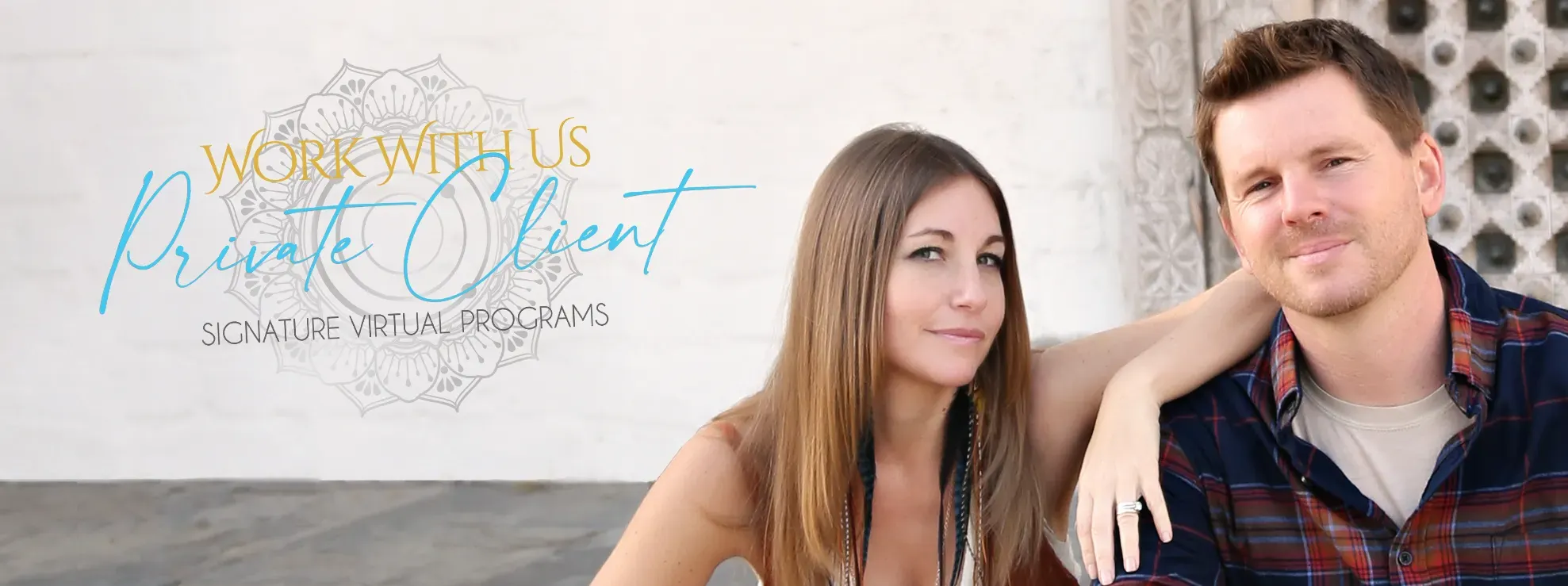From Undesired to Desired Results With Hypnosis Sessions

Recently, I was approached for guidance on how a hypnotist can handle and eradicate a situation where a client expresses dissatisfaction with a session, as well as how to prevent such occurrences in the future. While I provided specific advice tailored to the individual's request, there are several general considerations that can ensure the continual success of your sessions. In this article, I would like to share six key points to focus on, which will help transform your sessions from undesirable to desirable.
Note: It's worth mentioning that, at the time of writing this article, I have not personally encountered a dissatisfied client, either voluntarily or during a standard follow-up process. I believe this is partly attributable to how I incorporate the following ideas. Therefore, although I can't speak from experience regarding unhappy customers, the information provided here is directly aligned to ensure you don't encounter such situations either.
With that in mind, let's delve into the six areas of consideration that will enhance the quality and effectiveness of your hypnotherapy sessions.
Reflect on Your Belief Systems
Either prior to working with a client or as a result of receiving an undesirable client review, It is essential for a practitioner to fully examine their own belief systems and the potential impact on the client's perception of the session's outcome. As the saying goes, "A client in hypnosis cannot actualize what the hypnotist doesn't believe to be true." Reflect on how your own beliefs and expectations leading up to the session may have influenced the client's experience and subsequent complaints.
Moreover, those who work with the subconscious realm should understand that we attract experiences that are necessary for our own healing and growth. If a client expresses dissatisfaction with the results, it is worth considering why this situation may have manifested in your own life and what message your subconscious is trying to convey. By exploring these deeper layers, you can gain valuable insights that contribute to your mental health and well-being as well as your attraction and success rate as a professional.
Establish Clear Evidence Procedures
A well-defined pre-trance onboarding process is crucial for effective hypnosis sessions. Central to this process is establishing a clear and measurable evidence procedure that both demonstrates the success as well as convinces the clients of their achievements. It is important to examine the clarity and specificity of your evidence procedure and evaluate whether it was testable at the end of the session or within a short time afterward.
If a client approaches you after the session with complaints about its lack of success, and there was a clearly defined evidence procedure that was agreed upon and successfully executed, gently remind the client that their concerns fall outside the predetermined scope of the session. Reiterate that while additional areas of need can still be addressed, the agreed-upon evidence procedure served as validation for the session's success.
On the other hand, if a clear evidence procedure was not established, it is worth considering the importance of implementing this step in future hypnosis sessions. Doing so can help prevent situations like these from occurring again and provide clients with reassurance and confidence in their own success. By incorporating a well-defined evidence procedure, you can enhance the client's experience and minimize the likelihood of complaints or questions regarding the session's effectiveness.
Clarify Client Expectations
If a client contacts you after the session, expressing dissatisfaction or a belief that the hypnosis did not work, seek clarification. Ask probing questions to understand their perspective and identify any potential confusion. Examples include:
"How do you know it did not work?"
"What led you to believe it was ineffective?"
“When did you realize that it did not work?”
By exploring their responses, you can reframe their perception or identify where they accepted conflicting information. In some cases, a simple clarification can put the client back on track.

Address Subconscious Challenges
Occasionally, clients may have unresolved subconscious issues that cannot be resolved through direct suggestion alone, even with the client's active involvement in forming the suggestions. Many traumas, wounds, or deep-seated beliefs require a comprehensive and multi-faceted process for complete healing. If a client expresses dissatisfaction, honor your commitment to resolving the issue by continuing to work with them until the agreed-upon evidence procedure is satisfied.
Prioritize a results-guarantee policy over a money-back guarantee to maintain trust and foster optimal outcomes.
Call Attention To Secondary Gain
Clients may have hidden motivations, established survival programs, or unconscious benefits associated with maintaining their current state. By taking the approach to address and explore these underlying factors, when a client expresses a lack of success, hypnotists can help clients gain insight and potentially resolve their challenges without additional trance work.
Skillfully guide the client through specific questions that uncover hidden motivations, to extract the positive emotional event, which opens the way for your client to understand their own resistance and/or blindspots to heal.
Implement Future Pacing and Pre-framing
To address future concerns about the effectiveness of hypnosis sessions, hypnotists can employ a combination of future pacing and pre-framing techniques.
Future pacing involves projecting a future scenario as part of the session, most often built around a successful outcome. However, it can also include a means to prepare clients for potential setbacks and challenges, as it has been proven beneficial to inform clients that temporary deviations and relapses are normal and expected in their journey toward their desired outcomes.
By setting realistic expectations and acknowledging the possibility of setbacks in future moments, clients are better equipped to navigate such situations. Additionally, it is important to emphasize the client's self-ability to swiftly realign with their goals whenever setbacks occur. This empowerment, pre-framed into the future pace, allows them to regain focus and continue their progress seamlessly.
By incorporating these elements into the future pacing process, clients will come to understand that potential setbacks are an anticipated part of the overall trance work and can be managed effectively and greeted with a sense of acceptance instead of mislabeling them as failures.
Cheers,

About Carl Schirtzer
Carl is an internationally board-certified trainer and acclaimed master practitioner of neuro-linguistic programming (NLP), a master hypnotherapist, an accredited astro-psychologist, and a celebrated transformational guide. He is well-versed in a diverse range of modalities that ignite the human spirit and help unlock your full potential.
Passionate about helping navigate the 'three playgrounds of the unconscious', Carl utilizes astrological axioms, universal laws, and the language of the subconscious to heal others from their past wounds and claim their best life.
Carl offers powerful tools, perspectives, and techniques to purposefully influence interactions, experiences, and aspirations, sharing secret principles to master one's own story and empowering individuals to evolve their lives, unleash their full potential, and become the best version of themselves. With his expertise and experience, Carl guides individuals to transform their lives and create a brighter, more fulfilling future.

